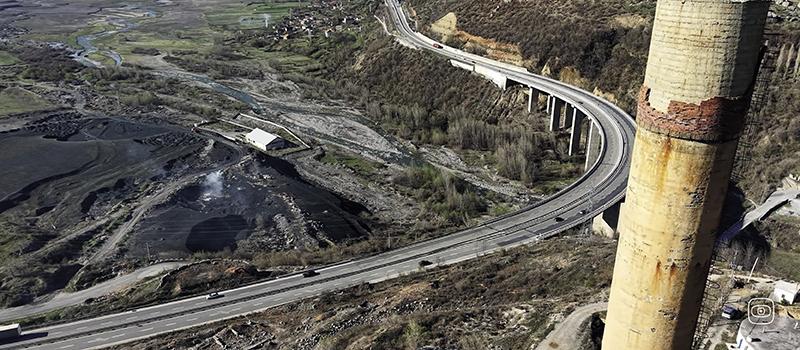Once the site of extensive industrial activity during the Yugoslav and communist eras, the region which the Drini river flows through still bears the legacy of poorly regulated metal processing plants located near waterways and residential areas.
The river system consist of the Black Drini river, the White Drini river, and the Drini river. The Black Drini starts out from the Lake Ohrid near Struga through western North Macedonia and then eastern Albania, from Peshkopi to Kukës. The White Drini rises in Kosovo and flows into Albania, where it meets the Black Drini, near the city of Kukes, to form the Drini River.
Sampling along both the Black and White Drin Rivers has revealed concentrations of heavy metals - mainly iron, manganese, arsenic, nickel, copper, chromium - far exceeding legal limits, sometimes dozens of times higher than the allowed concentration. These pollutants persist in water and sediment, posing long-term risks to ecosystems and public health.
Despite repeated warnings from environmental experts, authorities in both countries have failed to assess or rehabilitate the contaminated zones. This project sheds light on the institutional inaction and the ongoing impact of toxic legacy pollution on communities along the Drin River: Heavy metals found in water and soil are considered poisonous to flora, fauna and humans.
Photo: Luma Village, Kukës, Albania, 20th, March 2025 (c) Nertil Mataj



